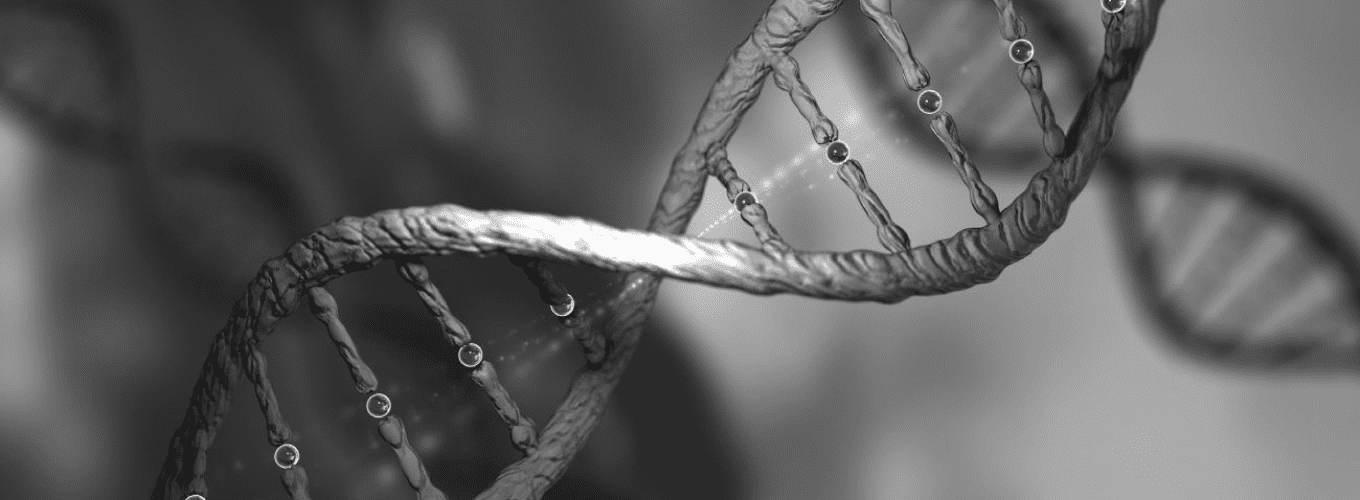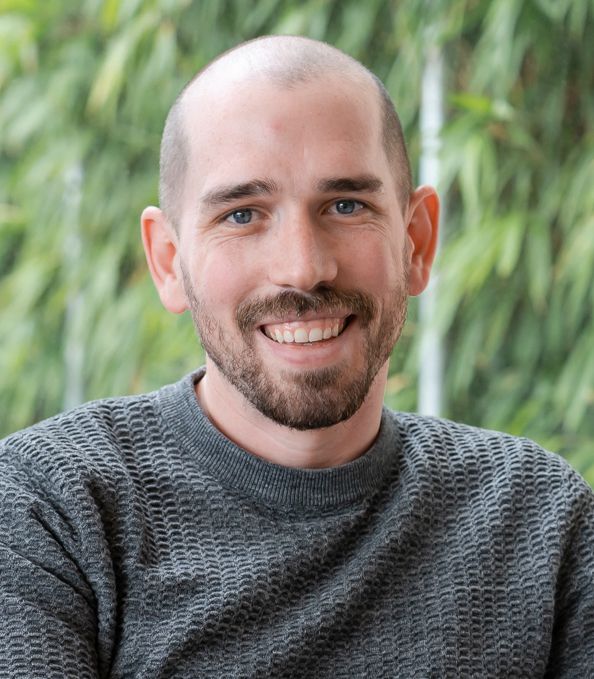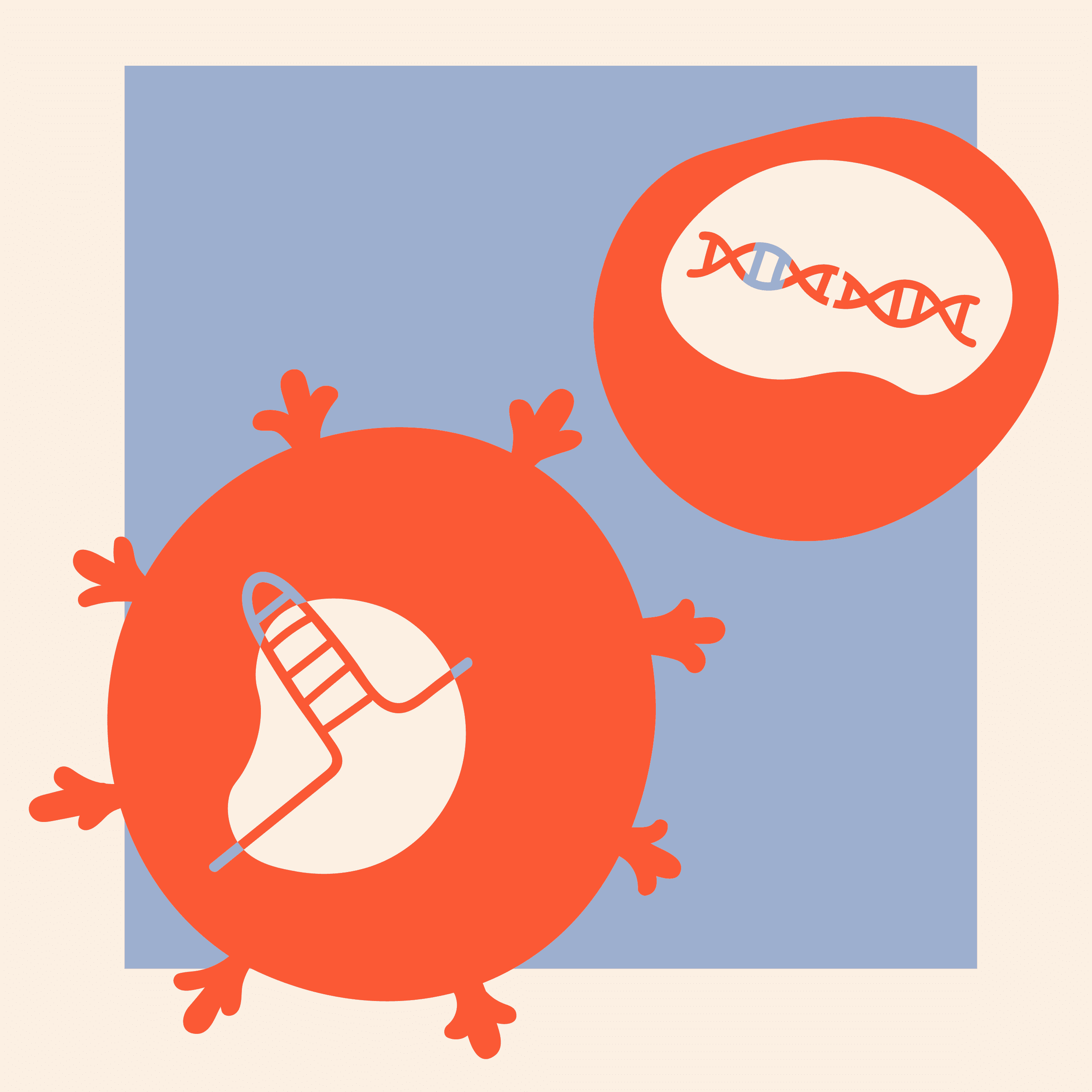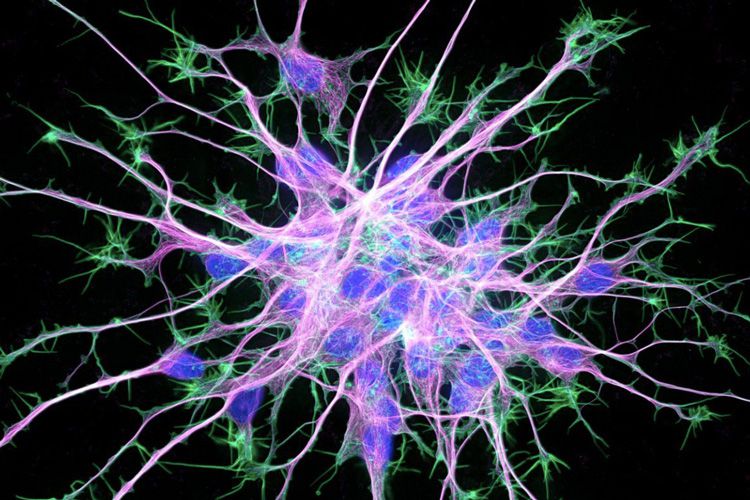

The human genome is composed of over 3 billion base pairs – it’s a string of letters that stretch to two meters in length when unraveled. Scientists are working to decipher how the human genome functions and aim to understand how the role of each letter impacts human health. A recent genome-editing tool called CRISPR has provided scientists with idyllic precision by targeting and cutting any DNA sequence in nearly any organism, leading to engineered animals to model human diseases and drought resistance crops. But several years will pass before the public will have the opportunity to access this technology to treat their own diseases. It’s true that CRISPR has huge potential. But the public should moderate their hopes about timely treatment. This is not your average clinical drug.
With the rapid evolution of CRISPR technology set in motion, the media and public often ask two questions. What is possible? And who will benefit? One of these questions is much more difficult to answer than the other.
The question, “What is possible?” almost needs little discussion. Many debilitating diseases are caused by mutating just one of the human genome’s 3 billion base pairs. If scientists can pinpoint and fix these single mutations, then genetic diseases might not just be treated, but cured. Within years, scientists have progressed from cutting DNA in a test tube to reversing Huntington’s disease in mice, and beginning clinical trials to treat cancer in humans. From resurrecting woolly mammoths to eradicating malaria, genome engineering will find itself at the core of previously inconceivable projects.
The question, “Who will benefit?” offers far fewer answers at the moment. Rephrasing the question to “How will genome editing therapeutics become available to patients?” and “How will CRISPR technology be regulated?” points to just some of the hurdles that will need to be addressed before anyone can benefit.
The path to take any drug or therapy to market is long and winding. The first couple CRISPR clinical trials will be particularly risky and very strenuous. These trials will focus on patients who have no alternative forms of treatment and for whom the potential risk of an untested therapy is outweighed by any potential benefit. For the rarest diseases, every single affected individual could potentially be treated during a clinical trial.
Here, researchers and physicians must proceed with caution. They must make every effort to ensure success of these initial clinical trials to instill confidence amongst the public and regulators. If these trials fail, the technology loses everyone’s trust and no one benefits.
But before this revolutionary gene-editing technology becomes available to patients, we must navigate a long and tedious road of standardization, establish common vocabulary, and prove the efficacy of this promising technology. The early clinical trials will help determine even “basic” issues, including whether these procedures should be regulated as a form of surgery or as a drug. Specific terminology about CRISPR technology must be well defined, not just nationally but internationally. Even after CRISPR proteins have been deemed safe and effective for therapeutic uses, it’s not clear how the medical marketplace will price this genome-editing technology, or how insurance would cover any of these costs. A $475,000 gene-editing drug to treat cancer was recently approved by the FDA, but will this price become commonplace for gene-editing drugs?
As more medicinal applications of CRISPR technology grab headlines, the public may need to temper their expectations. In fact, some of these therapies may never make it to the bedside. This won’t be due to the work of the scientists, but due to mismanagement, poor regulation and slow oversight by policymakers. For a start, nearly 85 percent of the top science jobs in the current presidential administration are not filled. This directly impacts the ability of the FDA, NIH, and other vital groups to oversee essential clinical trials and advance research. The dysfunctionality of our current healthcare system will only hinder access to the potential of genome engineering. Finally, pharmaceutical groups must continue to cultivate a more open environment of data sharing so that companies can learn from one another and save precious time. The public should remain aware of the research their taxpayer dollars are funding, but if they truly want to see a revolution in medicinal genome editing, then they must hold the government, insurance groups and pharmaceutical companies accountable.
—
Note: this article originally appeared as a GE Reports “Perspective” piece on September 6th, 2017.



